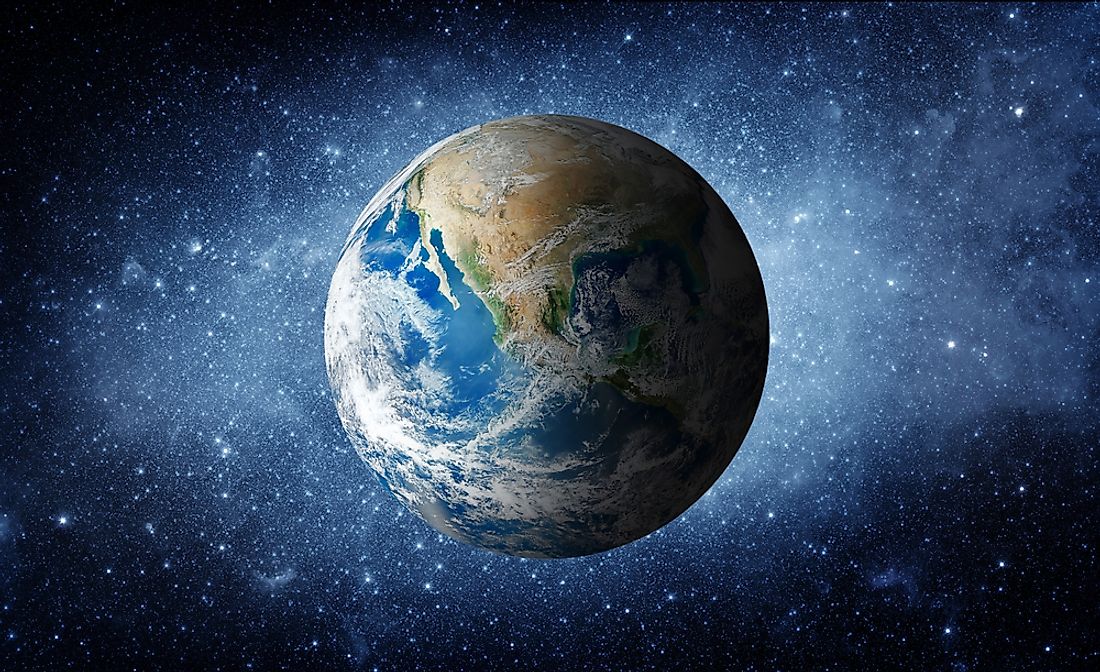Which Planet Has the Most Oxygen?

All planets in the solar system have an atmosphere with varying compositions of different gases. Some of the atmospheres are flimsy while others are extraordinarily dense. Depending on a planet’s composition, simple gases such as hydrogen and helium can exist together with the more complex gases such as oxygen, methane, carbon dioxide, and ammonia.
There is only one known method that is involved in the formation of oxygen. The method is known as photosynthesis. Photosynthesis is the process that plants make food out of water and carbon dioxide while releasing oxygen as a byproduct. Among all the planets, only one of them has plants that produce food via photosynthesis. That planet is earth and thus has the highest amount of oxygen among the planets. Mercury and Mars have traces of oxygen in their atmospheres as well. However, just because these planets, or any other unknown celestial bodies, have traces of oxygen does not mean that they are capable of human inhabitation.
Some people are misled by the gas giants, that is, Uranus, Jupiter, Neptune, and Saturn. The term “gas giants” means that these planets are mainly composed of gases. However, they are mainly composed of hydrogen and helium gases. None of them have oxygen, despite the high concentration of gases.
Earth’s Atmosphere
The earth’s atmosphere is the only one in the solar system that can sustain life. Aside from the oxygen used by human beings and animals, and the carbon dioxide used by plants, there are other gases that protect the earth from dangerous rays from the sun. For this reason, other plants that might have oxygen might not be inhabitable by human beings. Other significances of the atmosphere include the creation of pressure that allows water to exist in liquid form, retaining heat from the sun and later warming the surface of the earth, and controlling temperature extremes.
Studies have shown that the atmosphere of the earth has a thickness of approximately 300 miles although a huge percentage is within 10 miles of the earth’s surface. Consequently, air pressure and oxygen will keep on decreasing as height increases. The gravity of the earth is the one responsible for retaining the atmosphere.
Composition of Air in the Atmosphere
There are four main gases in the atmosphere of the earth with oxygen being the second most abundant gas after nitrogen. Their composition is as follows: nitrogen (78%), oxygen (21%), argon (0.93%), and carbon dioxide (0.04%). The remaining 0.03% is composed of traces of gases like neon, krypton, helium and hydrogen. Water vapor is also present.
Layers of the Atmosphere
There are five main layers in the atmosphere of the earth. These layers are the exosphere, the mesosphere, the troposphere, the stratosphere, and the thermosphere. Half of the earth’s atmosphere, and consequently the most oxygen, is found in the troposphere (which is also the layer that s closest to the surface of the earth). Almost all dust and water vapor in the atmosphere is also in this layer.
Another useful layer is the one just above the troposphere, the stratosphere. This layer is full of ozone gas. Ozone is the gas that is responsible for protecting the earth’s surface from the destructive ultraviolet rays of the sun.











